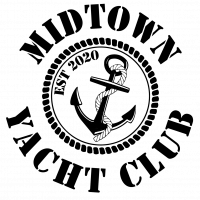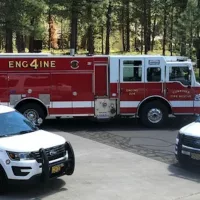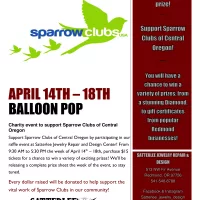Bend, Ore. – Donald M. Kerr, the High Desert museum’s founder and leader for its first 16 years, died Wednesday in Bend. He was 69.
“He had this incredible need and desire to share his love of the out-of-doors, his love of the desert,” Cameron Kerr, his wife, said to the Bend Bulletin.
Donald M. Kerr, a native of Portland, Oregon. Kerr had a passion for natural history that inspired a lifelong interest in environmental issues especially the protection of native animals. In 1974, Kerr established the Western Natural History Institute, and the High Desert Museum was an outgrowth of the institute opening in 1982. The museum was originally called the Oregon High Desert Museum; however, the name was later changed to recognize the regional nature of the high desert environment it highlights.
In 1989, the main building was expanded with a 28,000-square-foot (2,600 m2) addition, with the museum’s attendance reaching 100,000 per year.[5] The $5 million expansion, a gift from the Chiles Foundation, added the Earle A. Chiles Center on the Spirit of the West.[6] In 1994, a five year expansion campaign began to increase the size of the museum.[7] By 2002, the non-profit museum drew 155,000 visitors per year.[8] In 2008, Janeanne A. Upp became the president of the museum.[9] Dana Whitelaw is now the President.
While museums Kerr visited in his youth featured taxidermied animals displayed behind glass or velvet ropes, he envisioned and built a different kind of museum. Since it opened 33 years ago, the High Desert Museum has been defined by live animals, living in something closely resembling their natural habitat, and interactive exhibits.
“He wanted people to be excited,” his wife said.
He leaves his name on the Donald M. Kerr Birds of Prey Center at the museum.
The Bulletin reports that Kerr’s death comes nearly 20 years after an incident that dramatically changed his life. In May 1995, he fell ill with viral encephalitis, an infection of the brain that eventually robbed him of his ability to communicate and care for himself.
The virus may have come from a scratch by a wild owl — known to Kerr and his family as Thelma — attracted to their home near the museum by his tame owl.
“That’s the only thing we could figure out because we tested for everything else,” Cameron Kerr said. The scratch came from a talon of the wild owl, cutting Kerr’s skin through a tiny hole in his well-worn bird handling gloves. A week later the symptoms of infection started.
If you see local news happen, call the Horizon Broadcasting Group News Tip Hotline at 541-323-NEWS, or email us.















